AMA lashes wait crisis: ‘More people in pain and out of work … it’s unacceptable’
The AMA has launched a website tracking and rating real-time hospital wait times, saying the findings are grim and show patients are languishing as they wait for care

The Australian Medical Association is issuing a stark warning about the nation’s public hospitals, pointing to clogged emergency departments, overflowing wards, exhausted staff and ambulance ramping as growing risks to patient safety.
To highlight its concerns, the peak industry group on Friday will launch a hospital logjam website that rates the performance of hundreds of hospitals and allows patients to see real-time data on how their local hospital is performing.
The site analyses data from 352 hospitals across Australia and rates them, using a traffic light-style system, based on the percentage of patients seen within clinically recommended times.
“We all need our public hospitals to perform but, as our hospital logjam finder shows, the system is struggling from coast to coast,” AMA president Dr Danielle McMullen said.
“Patients are waiting longer in the emergency department. They’re waiting longer for critical care and for planned surgery, and that means more people in pain and out of work and waiting too long in corridors. It’s just unacceptable.”
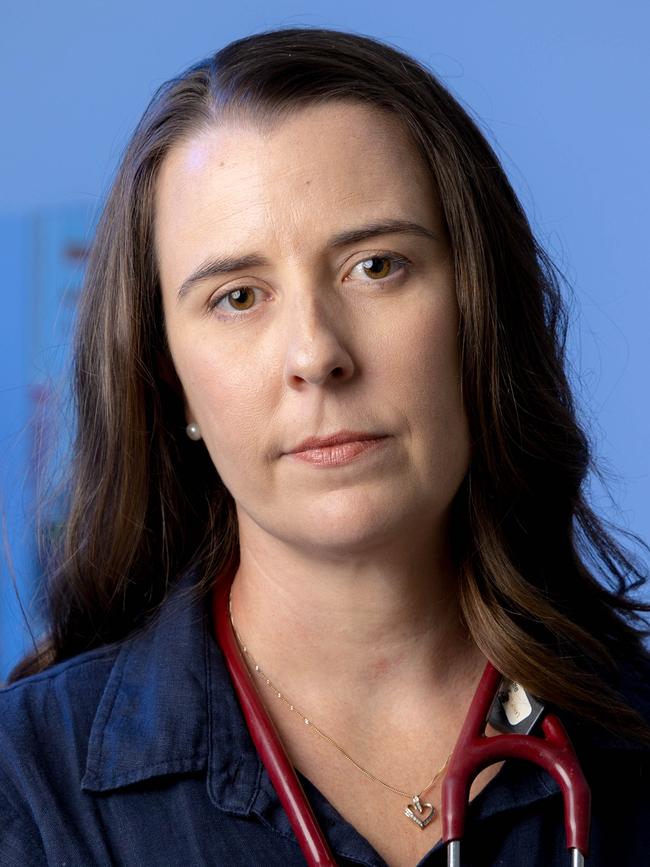
According to the site, which looks at emergency care and elective surgery, if 95 per cent of patients received care within the clinically recommended time, a green face appears.
Amber indicates between 85 and 94 per cent of patients received care on time, or their performance was unknown.
A red face means less than 84 per cent of patients received care within the recommended time. Smaller community hospitals or those that did not provide performance activity are excluded.
Dr McMullen says the findings are grim, with an initial test showing no metropolitan hospital received a green light rating for all categories it measures.
Dr McMullen says the problem has been building for years.
“This is a crisis that was developing long before the Covid-19 pandemic, and the inaction from several consecutive governments at all levels is hitting hard and it’s the patients who suffer the most,” she said.
The AMA has launched the site, called Hospital Logjam, in the hope of drawing attention to the state of the nation’s hospitals in the lead-up to the election, and is also urging users to contact their local member of parliament to advocate for hospital reform.
According to the AMA, hospitals in South Australia are under the most pressure, followed by Tasmania and Western Australia.
But the website launch also comes as the nation’s health system more broadly is under pressure, driven by growing rates of chronic disease, mental health demands and an ageing population.
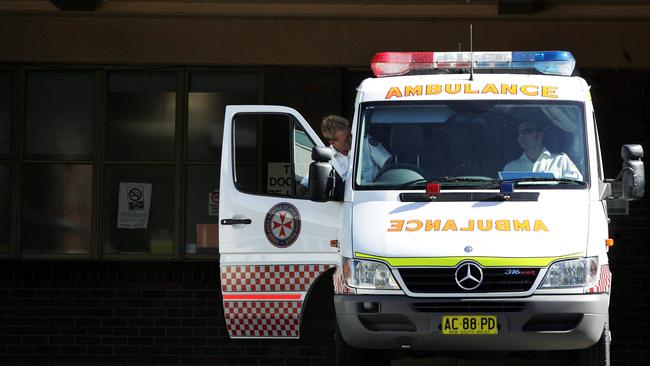
In NSW, the situation is being further hampered by an overstretched and underpaid workforce that has already seen mass resignations of the state’s public psychiatrists.
The state’s public hospital doctors are also threatening to walk off the job for three days next week over pay and conditions they say have pushed them to breaking point.
The AMA says the evidence clearly shows the system is struggling nationally and what’s needed is stronger investment to help increase hospital capacity, starting with a new National Health Reform Agreement.
“Our doctors and nurses in the system are feeling stretched and broken and tired. They are doing the very best they can, but the system is just stretched beyond breaking point and really needs the support of all levels of government,” Dr McMullen said.
“This data shows that, across the country, the pressure is being felt and at the centre of all of this are people. These aren’t just numbers. These are people and they’re patients waiting too long, and they’re doctors and nurses who are broken in a system that’s broken.
“It’s really heartbreaking when you see people waiting years for surgery. That’s keeping them out of work, keeping them from playing with their kids and getting out and about on the weekend. Despite the fact that surgeons are working back to back and they’ve got full lists; it’s not that they’re not in the hospital operating, there’s just more demand than the services can provide at the moment.”
Fixing the blockage will not be cheap. But the AMA warns there is no avoiding the problem. It estimates an additional $12.5bn of federal funding is required over the next four years, as well as an additional $15.3bn in state and territory government funding under a new National Health Reform Agreement.
Many had hoped a five-year agreement would be inked before the federal election, but that did not happen. Instead, in February, Labor announced a single-year public hospital funding top-up of $1.7bn.
“We welcomed Labor’s uplift in hospital funding for one extra year in the latest budget, but the failure of all governments to agree on a new NHRA was disappointing,” Dr McMullen said.
“The party that wins the election in May must expedite the finalisation of a new NHRA, because that is the key to lifting us out of this crisis.”
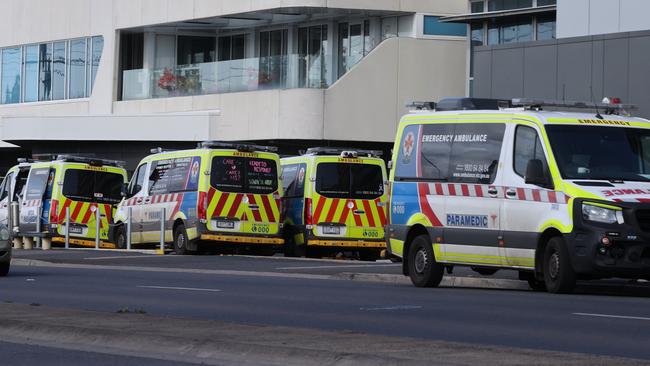
Last week, the Health Department released an Interim Evaluation of the Medicare Urgent Care Clinics, a pillar of the government’s re-election campaign.
It has already established 87 of the clinics and is promising to deliver a further 50 if re-elected.
The Coalition has also promised, if elected, to continue the delivery of the clinics, saying it is important for Australians to have access to timely and affordable care.
Urgent care clinics offer bulk-billed care and operate after hours, and seven days a week. They cater to patients who have an urgent condition or injury that is not serious enough to be seen at a hospital, but who cannot wait to be seen by their GP.
The clinics are meant to ease pressure off public hospital emergency departments. However, they have faced fierce criticism from GPs who argue the money would be better spent bolstering the primary care network.
The report found that if all urgent care clinics were operating at their stable activity levels post-opening, each presentation would come at a cost to taxpayers of $246.50.
Michael Wright, president of the Royal Australian College of GPs, says while that cost is cheaper than a visit to a hospital ED, it is far more expensive than a bulk-billed trip to the doctor and he would like to see the money better support existing networks.
“All specialist GPs are trained to perform urgent care, and all practices and GPs routinely provide urgent care to their patients. Accessing urgent care through general practice improves patient health outcomes because continuity of care is embedded,” Dr Wright said.
“The best, most cost-effective way to increase access to urgent care and ease pressure on hospitals is to support existing practices to expand their current services, including offering more after-hours services.”
Dr McMullen says the report provided important insights into how urgent care clinics are operating, and says she would like to see even more data provided in future reports to show whether the clinics are having any impact on wait times in hospitals or GP clinics.
“We instead think that (governments) should be investing that money and time and effort and workforce into our existing services so that GPs can provide more urgent care and after-hours care, and so that our hospitals can develop models of care that allow those acute emergencies that might be not as life-threatening as well as the really severely unwell, which really is what’s clogging up our hospitals,” she said.



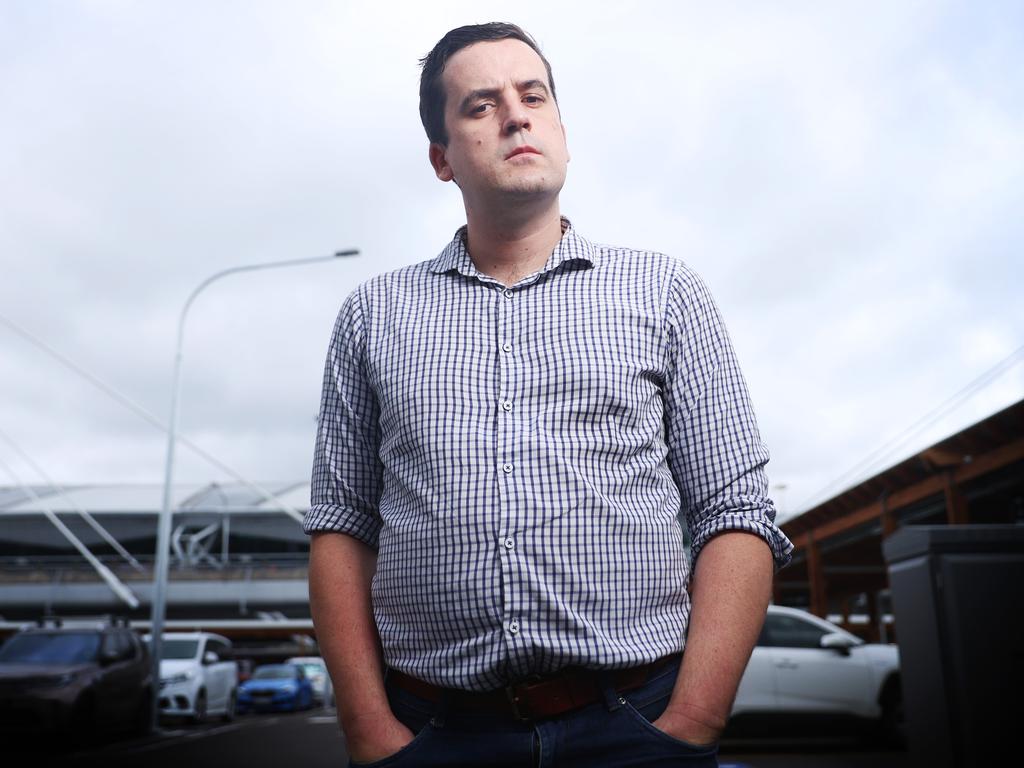
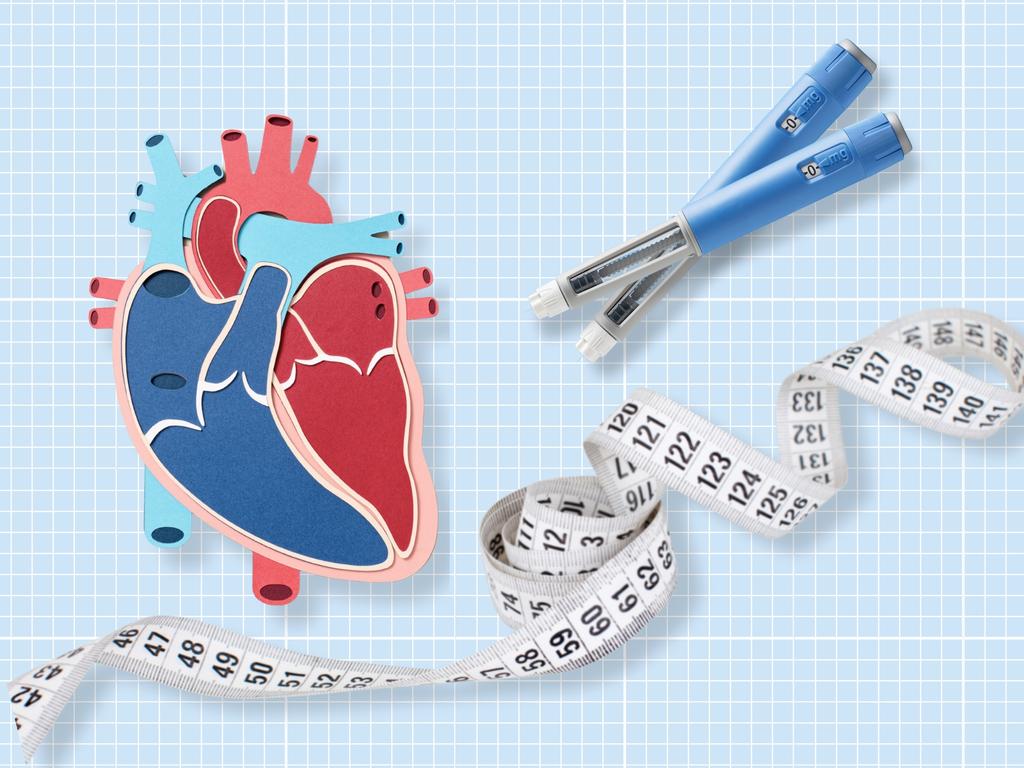

To join the conversation, please log in. Don't have an account? Register
Join the conversation, you are commenting as Logout